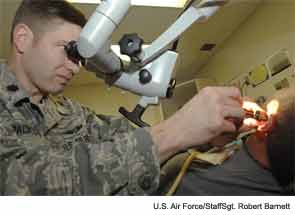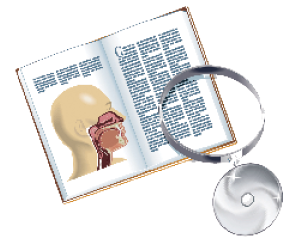American Academy of Otolaryngic Allergy Focused on Advocacy, Patient Care
Organization offers education, research opportunities and funding
Organization offers education, research opportunities and funding

With tinnitus and hearing loss the most common service-related disabilities, preventing and treating auditory injuries among U.S. military members is key

Urgent facilities are suited for basic care of routine ENT issues, but patients with more serious sinonasal issues may end up undertreated or treated inappropriately
Tinnitus is the No. 1 cause of disability among veterans, accounting for nearly 11 percent of all disability claims
Intratympanic therapy is effective in easing the vertigo that characterizes Ménière’s disease.
Issues surrounding the therapy include optimal patient selection, the best dosage and duration of therapy and the most effective drugs to use

Direct communication and a concern for the patient’s welfare should guide the process of terminating a physician-patient relationship

A new study suggests that serious participation in athletic activities is the best determiner of a good clinician

Can lateral neck dissection be withheld if imaging of the lateral neck is negative and there are positive central lymph nodes?

Is there sufficient evidence to continue to recommend this treatment for patients diagnosed with CRS?
Simulator training can accelerate resident learning; FDG-PET indicative of hypoxic status; laryngeal visualization in dysphonic patients superior to HPE alone; pillar implant improves snoring and some OSA; role of frontal sinus surgery in nasal polyp recurrence; aging population changes frequency, disease types seen by otolaryngology